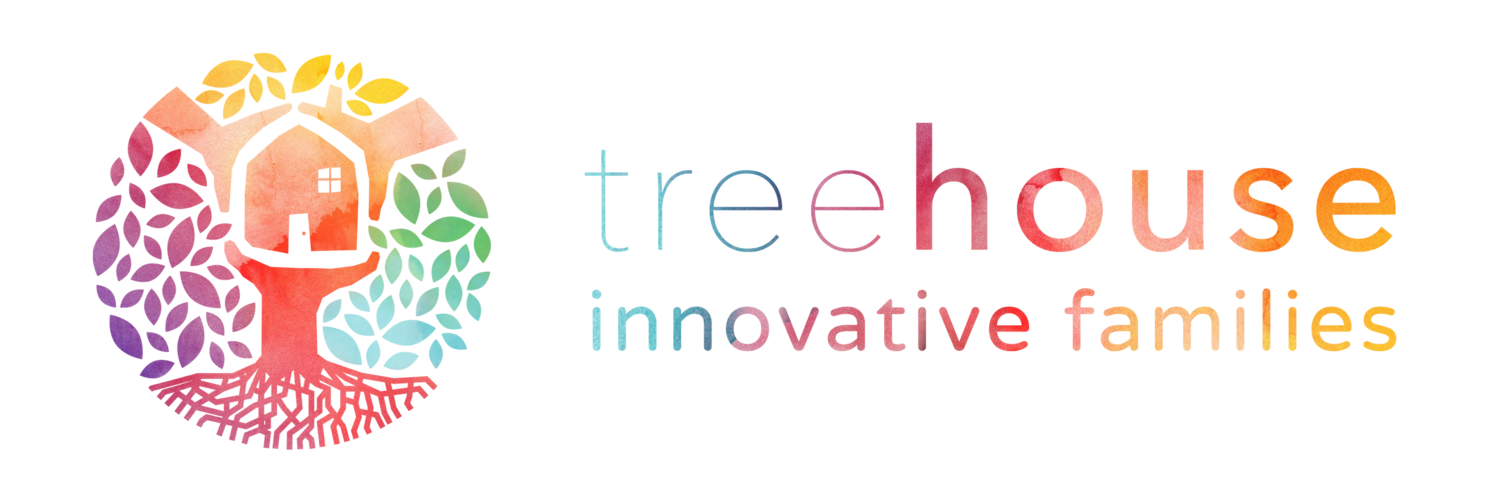
Healthy Eating Resources
Basics of Healthy Eating
Healthy eating habits have a big impact on how you feel and help you live a longer healthier life. A great way to approach healthy eating, is by having a good understanding of the Australian Dietary Guidelines and the five food groups (outlined below).
But there are also some small changes that you make today that will have a big impact on your health. To get started, the first step is to set some small, specific goals to aim for. Each small goal you achieve will help you eat a little healthier.
Small steps to get started
Drink a glass of water, right now!
Replace your next snack with a piece of fresh fruit.
Plan one night this week to cook a healthy recipe at home.
Cut out one take-away meal this week.
Take five minutes to complete this food calculator and find out your recommended daily diet.
FREE Health Coaching & Information Service
The Get Healthy Information and Coaching Service® offers free information and even a free personal coach to help you make healthy lifestyle changes and support you on your health journey. You can receive up to 13 free calls over a 6 month period to help you make healthy lifestyle changes. Your health coach can help you to:
Eat healthily
Get active
Drink less alcohol
Reach a healthy weight
Achieve a healthy weight gain in pregnancy.
It is open to all NSW residents aged 16 years and over.
Australian Dietary Guidelines
The Australian Dietary Guidelines are a set of five principal recommendations about the amount and kinds of foods that we need to eat for health and wellbeing. By following the Guidelines, we will get enough of the nutrients essential for good health and also help reduce our risk of chronic health problems such as heart disease, type 2 diabetes, some cancers and obesity.
Guideline #1 – To achieve and maintain a healthy weight, be physically active and choose amounts of nutritious food and drinks to meet your energy needs.
Adults should eat nutritious foods and keep physically active to help maintain muscle strength and a healthy weight (Note: refer to the Physical Fitness Resources page here to find out how much exercise you should aim for each day!)
Guideline #2 – Enjoy a wide variety of nutritious foods from the following five groups every day (+ drink lots of water!)
The best way to eat for health is to choose a variety of foods from each of the 5 food groups every day:
vegetables and legumes (beans)
fruit
grains and cereals
lean meat, poultry, fish, eggs, legumes (beans) tofu, nuts, seeds
milk, cheese, yoghurt or alternatives
Each food group has important nutrients.
The amount of each food you need will vary during your life, depending on factors such as how active you are and whether or not you are growing, pregnant, breastfeeding and more.
It’s also important to eat ‘mindfully’. This means removing other distractions or waiting until they go away, focussing on just eating and using all your senses to enjoy the food. Eat slowly, thinking about how a food looks, smells, tastes and feels in our mouth.
Guideline #3 – Limit intake of foods containing saturated fat, added salt, added sugars and alcohol
Limit intake of foods high in saturated fat such as many biscuits, cakes, pastries, pies, processed meats, commercial burgers, pizza, fried foods, potato chips, crisps and other savoury snacks.
Foods high in saturated fats can be replaced with foods which contain predominantly polyunsaturated and monounsaturated fats such as oils, spreads, nut butters/pastes and avocado.
Low fat diets are not suitable for children under the age of 2 years.
Limit intake of foods and drinks containing added salt. Find out more about the recommended salt intake here.
Read labels to choose lower sodium options among similar foods.
Do not add salt to foods in cooking or at the table.
Limit intake of foods and drinks containing added sugars such as confectionary, sugar-sweetened soft drinks and cordials, fruit drinks, vitamin waters, energy and sports drinks.
If you choose to drink alcohol, limit intake. For women who are pregnant, planning a pregnancy or breastfeeding, not drinking alcohol is the safest option
Guideline #4 – Encourage, support and promote breastfeeding
Guideline #5 – Care for your food; prepare and store it safely
All foods, and particularly fresh foods, need to be transported, stored and prepared properly to avoid contamination. This is essential knowledge as many of our us have a role to play in food preparation for clients. See some tips about how to choose, store and prepare food safely:




